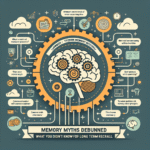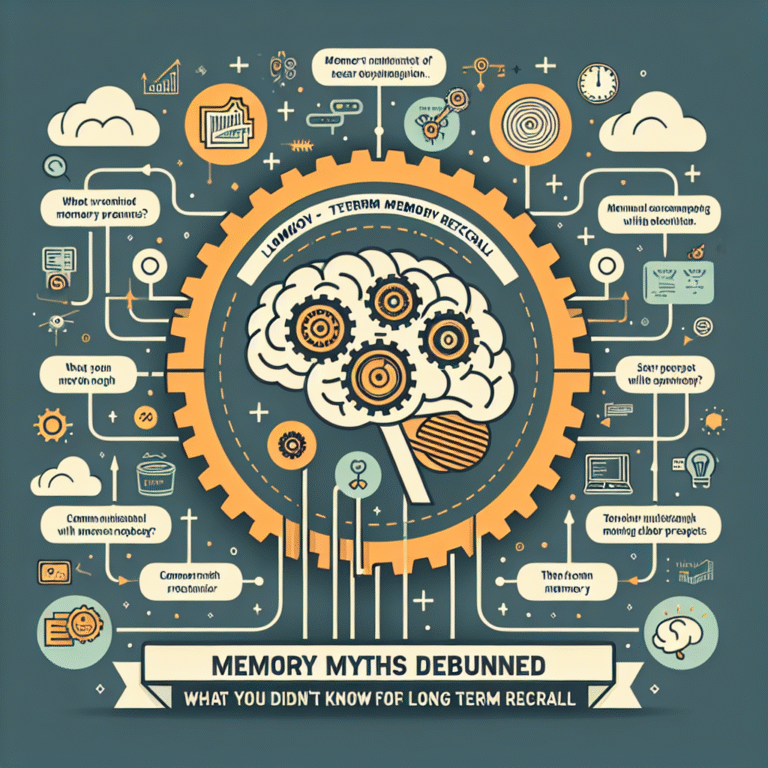
Introduction
Imagine a world where communication is effortlessly fluid—a place where thoughts and emotions stream seamlessly through the words we articulate. The journey to reach this eloquent state begins with a simple yet profound act: babbling. Understanding the Language Acquisition Stages: From Babbling to Fluent Speech not only offers insight into how we develop communication skills but also highlights the incredible capacity of the human brain. In this comprehensive guide, we will traverse the captivating trajectory of language acquisition, uncovering the critical stages that shape our ability to connect.
The Fascinating Journey of Language Acquisition
Language acquisition is a complex process that starts from infancy and evolves into proficient speech over the years. For parents, caregivers, and educators, recognizing these stages provides valuable insights into early childhood development. Let’s break down the key milestones that define this journey.
1. Phonetic Stage: The Art of Babbling
Milestones:
- Age: 0-6 months
- Characteristics: Infants begin to produce sounds, combining cooing and babbling.
Analysis:
During the first few months of life, babies engage in a phonetic stage where they experiment with sounds. This is critical as it lays the foundation for verbal communication. Case studies have shown that infants exposed to a rich linguistic environment are more likely to progress rapidly in their language skills.
| Table 1: Phonetic Stage Milestones | Age (Months) | Key Activities |
|---|---|---|
| 0-3 | Cooing sounds | |
| 4-6 | Babbling (e.g., "ba-ba") |
2. Holophrastic Stage: A Single Word Speaks Volumes
Milestones:
- Age: 12-18 months
- Characteristics: The use of single words to express complete ideas.
Analysis:
As infants approach their first birthday, they transition into the holophrastic stage. In this period, a single word can encapsulate an entire thought, like "milk" meaning "I want milk." A fascinating case study demonstrated that toddlers who were regularly engaged in conversation showed quicker progression from holophrastic speech to more complex sentences.
| Table 2: Holophrastic Stage Examples | Word | Possible Meanings |
|---|---|---|
| "Up" | "I want to be lifted." | |
| "More" | "Please give me more food." |
3. Two-Word Stage: The Building Blocks of Language
Milestones:
- Age: 18-24 months
- Characteristics: Combining two words to form simple sentences.
Analysis:
The two-word stage marks a crucial transition toward more complex communication. Children start to construct short phrases, exhibiting an understanding of grammar and syntax. A study involving toddlers revealed that those who were encouraged to form two-word combinations not only expanded their vocabulary faster but also developed greater social skills.
| Table 3: Common Two-Word Combinations | Combination | Contextual Use |
|---|---|---|
| "Eat cookie" | Requesting food | |
| "Daddy go" | Indicating someone’s departure |
4. Early Multi-Word Stage: Blending Creativity and Structure
Milestones:
- Age: 24-30 months
- Characteristics: Increased vocabulary and the ability to form simple sentences.
Analysis:
At this stage, children display significant growth in their linguistic abilities. Vocabulary expands rapidly, and sentence structure begins to emerge. In a compelling case study of preschoolers, increased exposure to storytelling was linked to enhanced narrative skills and creativity in speech.
| Table 4: Sentence Structure Examples | Sentence | Breakdown |
|---|---|---|
| "I want to play." | Subject + Verb + Object | |
| "Mommy is happy." | Subject + Verb + Adjective |
5. Advanced Multi-Word Stage: The World of Complex Sentences
Milestones:
- Age: 30+ months
- Characteristics: Mastery of complex sentences and nuanced speech.
Analysis:
By this age, children can combine multiple ideas in their speech, using conjunctions and varied sentence structures. A longitudinal study indicated that children who engage in conversations about complex subjects showcased advanced reasoning and critical thinking skills as they grew older.
| Table 5: Example of Complex Sentences | Sentence | Components |
|---|---|---|
| "I don’t like broccoli because it’s green." | Subject + Negation + Cause and Effect | |
| "If I finish my homework, I can watch TV." | Conditional Clause + Result |
Language Acquisition and Its Social Implications
The Language Acquisition Stages: From Babbling to Fluent Speech are not solely cognitive milestones; they also carry social implications. Understanding these stages can guide parents and educators in fostering an enriching environment.
A remarkable case study involving a bilingual household showed that children exposed to multiple languages from an early age not only developed language skills quickly but also demonstrated heightened cognitive flexibility. This enhances adaptability, a vital skill in today’s interconnected world.
Conclusion
The journey of language acquisition—from the delightful sounds of babbling to the elegance of fluent speech—is nothing short of extraordinary. Each stage offers unique opportunities for growth and development, richly shaping a child’s ability to communicate.
By recognizing these stages and their significance, we, as caregivers, teachers, and community members, can create environments that nurture language skills—preparing children for a future where their voices can be heard, and their ideas can flourish.
FAQs
1. What are the primary factors influencing language acquisition?
Factors include exposure to language, social interaction, and cognitive development. The richer the linguistic environment, the better the language skills.
2. How can I support my child’s language development?
Engage in regular conversation, read together, and encourage storytelling to boost their linguistic abilities.
3. Is bilingual language acquisition different from monolingual?
Yes, bilingual acquisition involves unique cognitive challenges and benefits, such as enhanced cognitive flexibility.
4. What role do parents play in language acquisition?
Parents provide the primary linguistic environment and modeling that children rely on for learning.
5. When should I be concerned about my child’s speech development?
If your child is not hitting key milestones, such as not babbling by 6 months or not speaking single words by 12 months, consult a pediatrician or speech-language pathologist.
In understanding the Language Acquisition Stages: From Babbling to Fluent Speech, we unlock a crucial aspect of human development, exponentially enriching both individual potential and social connectivity. So let us empower the next generation with the gift of language!
















